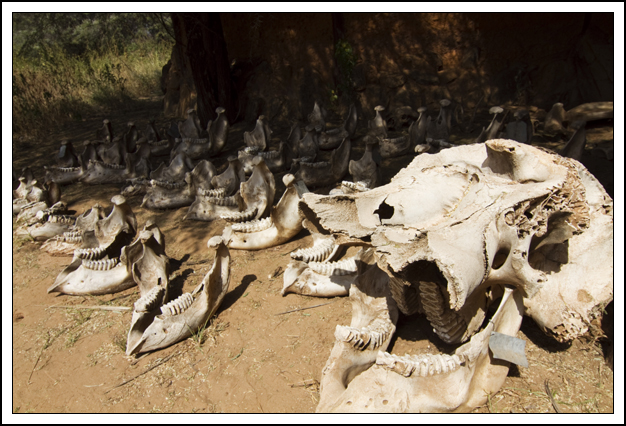
I took this photo of elephant skulls outside Iain's research center as the two old bulls inside clashed. Photo by David Lansing.
Last night at dinner I told Pete that I was going to leave Elephant Watch Camp in the morning. Calvin and the boys arrived last night, having driven down from Lake Paradise, and there was just something here that wasn’t sitting right with me so I thought it best to move on. Pete was supposed to drive back to Nairobi with us but since he wasn’t ready to go, he’s had a conversation with Iain and will now hitch a ride back with him on his plane in two days. Pete has been up in the air with Iain before and knows it’s risky business, but he’s very close to the Douglas-Hamiltons and doesn’t get to see them very often and is loathe to cut his visit short, even if it means having to hold his breath while Iain flies them to Nairobi. (I mentioned before that Iain has a less than stellar history flying planes but didn’t mention that the current Cessna he pilots was given to him by the late Prince Bernhard of The Netherlands after Iain collided with a zebra several years ago; the zebra obviously got the worst of it, but Iain’s plane was destroyed as well.)
Frankly, things just haven’t gone right since the moment we arrived here. I’m turned off by Iain’s sanctimonious arrogance and disgusted with the legions of mini-vans scampering around Samburu chasing the wildlife. It’s just not what I expected. And every time we’ve tried to get a jump on the masses with an early start there’s been some sort of a delay that’s forced us to either abandon plans or get a late start. I feel like we’re simply not able to do or see what it is we’ve come here for. So best, I think, to leave.
But our departure this morning turned out to be overly complicated. The idea was to leave at the break of day and maybe do a little game-viewing on our way out of Samburu, but first we had to wait for the Douglas-Hamiltons to come down for breakfast, which wasn’t until after eight, and then Iain insisted that we pop over to the Save the Elephants research camp a few klicks downriver. Which would have been fine if that’s what had happened. Instead, both Iain and Calvin rather hijacked the morning by getting into a long, protracted argument about wildlife conservation and hunting. It was interesting for about the first 15 or 20 minutes but then these two bull elephants just started stomping the ground and trumpeting as loudly as they could while the rest of us sat around waiting for the test for dominance to end. It was a silly contest and I think both Iain and Calvin realized that. Calvin was never going to get Iain to say that he thought hunting should play a role in managing Kenya’s wildlife, and Iain was never going to get Calvin to agree that the hunting ban had, at the very least, saved the elephants. It was like a debate between a devout Muslim and a born again Christian over whether a mosque should be built at Ground Zero in New York.
After about an hour of the two slamming their tusks into each other, I finally got up and walked out of the research center and went for a walk along the river. I was as angry and upset as the vervets had been the day before at the baboons. I was angry that this visit to Elephant Watch Camp had gone so wrong and I was upset that I had allowed Pete to twist my arm into shortening other parts of our itinerary to come here. It had been a mistake. And I wasn’t sure he realized his role in all of it.
Finally, sometime around noon, the two bulls exhausted themselves in battle and broke it off. We all made our farewells and thanks with lots of insincere handshakes and waves as we pulled away from camp. As we bounced over the dusty road, Calvin half-apologized, admitting that there was nothing to be gained from his argument with Iain. “He means well,” he said, “and we both want the same thing. We just come at the solution from different angles.”
I tried to get over my anger but it wasn’t easy. It sat on my shoulders pressing down on me like the weight of some very large, dark animal. As an exercise, I started thinking of all the things that had been wonderful about Kenya up until our stop in Samburu. Spending an afternoon watching cheetah hunts; flying over the Mara and witnessing the astonishing wildebeest migration; a morning with the elephants at Sarara; my first view late in the afternoon of Lake Paradise. It has been an astonishing trip and, I told myself, it was silly to let all this nonsense at Elephant Watch Camp ruin it. I had very little time left in Africa. It would be a long, hideous drive to Nairobi and then a couple of days there before heading back to London. I needed to enjoy these last few days. Still, I couldn’t help but feels a sadness inside of me and a feeling that the trip was all but over.

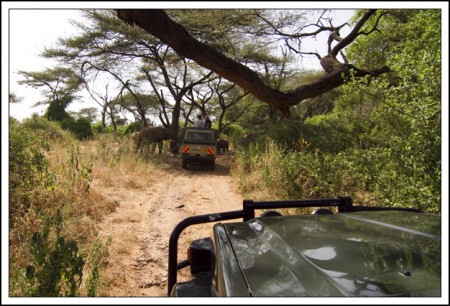
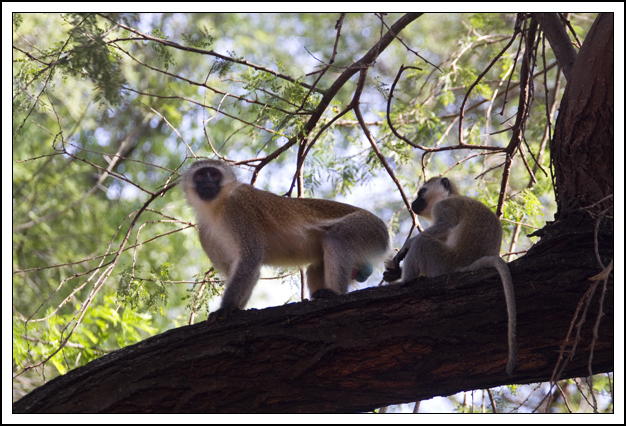
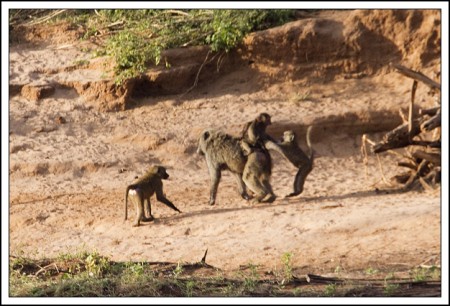
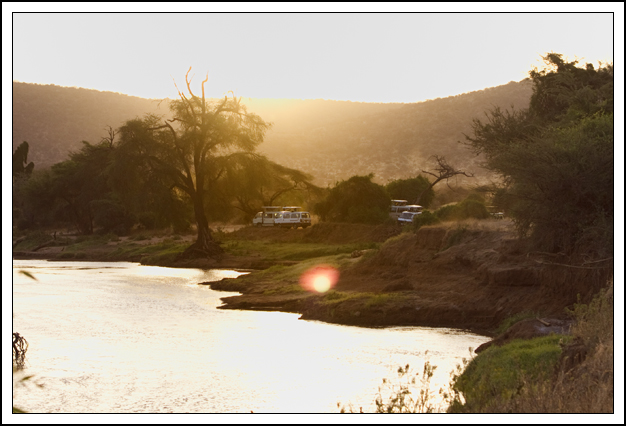
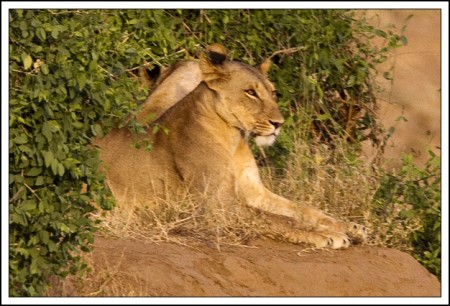
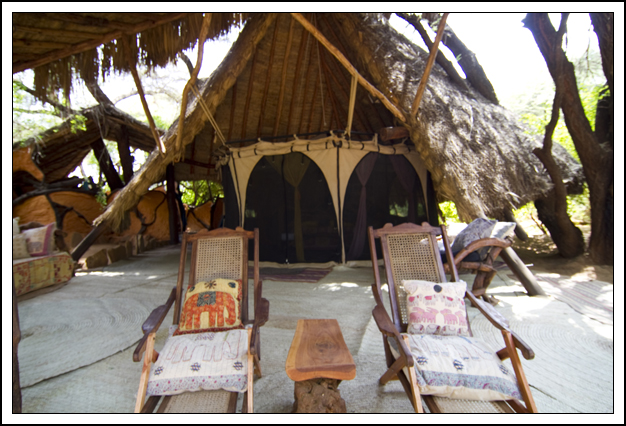


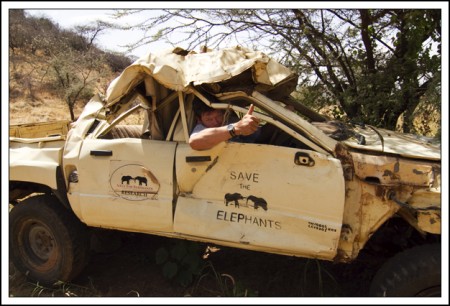
Recent Comments